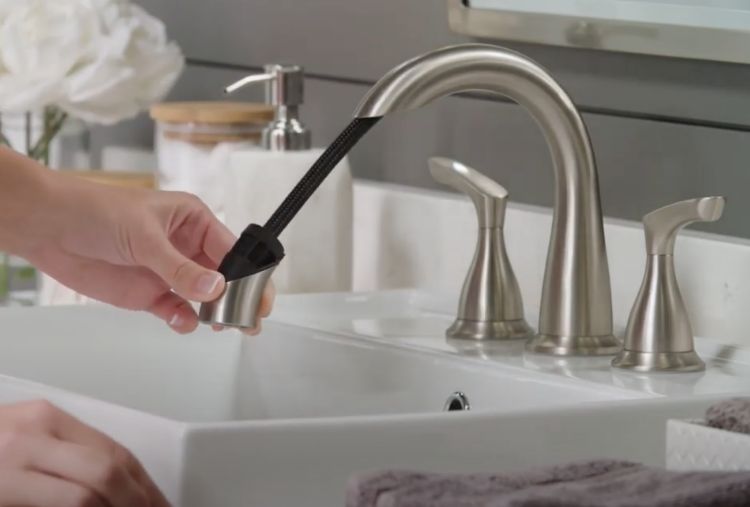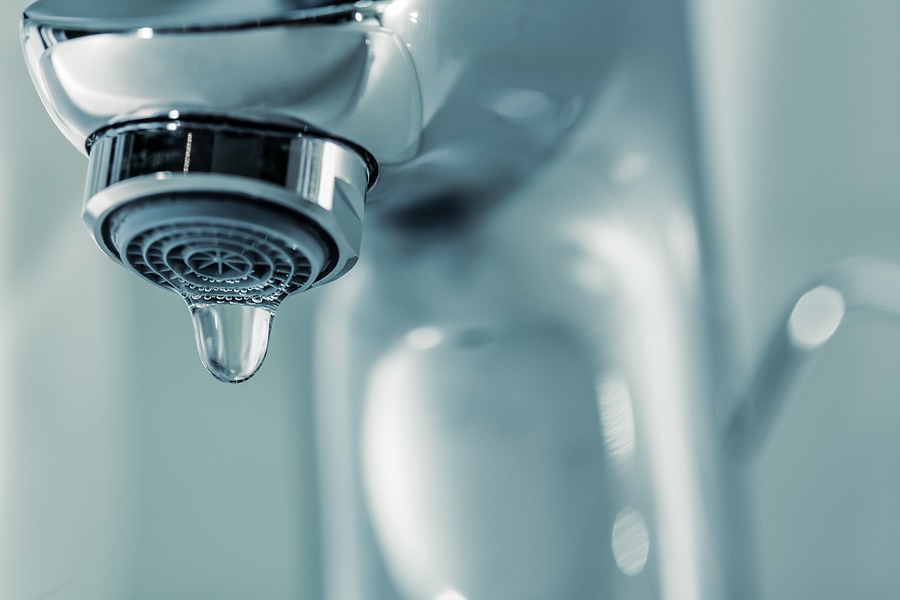The publisher is making several good points about Water Dripping from Faucet: Why and How to Fix as a whole in the article below.

Trickling faucets might seem like a small hassle, but their impact exceeds just the nuisance of the audio. From drainage to sustaining unneeded economic prices and wellness threats, disregarding a leaking tap can result in different repercussions. In this short article, we'll explore why it's vital to resolve this usual family problem immediately and efficiently.
Wastage of Water
Ecological Effect
Leaking faucets add significantly to water wastage. According to the Epa (EPA), a solitary faucet trickling at one drip per secondly can squander greater than 3,000 gallons of water annually. This not just pressures water resources but likewise impacts ecosystems and wildlife depending on them.
Financial Expenses
Increased Water Bills
Past the ecological impact, trickling taps can inflate water bills significantly. The accumulated wastage gradually translates right into higher energy expenditures, which could have been prevented with prompt fixings.
Prospective Residential Or Commercial Property Damages
In addition, extended leaking can bring about harm to fixtures and surfaces surrounding the faucet. Water buildup can cause discoloration, corrosion, and even architectural problems if left unattended, resulting in extra repair work costs.
Wellness Issues
Mold And Mildew and Mold Development
The constant presence of wetness from a leaking faucet produces a suitable setting for mold and mildew and mold development. These fungi not only endanger interior air quality yet likewise present health and wellness risks, particularly for people with respiratory conditions or allergic reactions.
Waterborne Conditions
Stagnant water in dripping faucets can end up being a breeding ground for germs and other microorganisms, increasing the risk of waterborne conditions. Pollutants such as Legionella microorganisms flourish in stationary water, potentially resulting in severe ailments when ingested or inhaled.
DIY vs. Professional Fixing
Advantages and disadvantages of DIY Fixing
While some might try to deal with a leaking faucet themselves, do it yourself repairs come with their own set of challenges. Without proper expertise and tools, DIY attempts can exacerbate the issue or lead to insufficient repair services, prolonging the problem.
Benefits of Working With a Specialist Plumber
Working with a specialist plumber ensures that the underlying source of the trickling tap is resolved efficiently. Plumbings have the competence and equipment to identify and fix tap problems effectively, saving time and reducing the danger of further damage.
Step-by-Step Overview to Dealing With a Dripping Tap
Tools Required
Before trying to take care of a leaking faucet, gather the necessary tools, consisting of an adjustable wrench, screwdrivers, replacement components (such as washers or cartridges), and plumber's tape.
Common Tap Issues and Their Solutions
Determine the sort of faucet and the specific problem causing the drip. Usual problems consist of worn-out washing machines, rusty valve seats, or damaged O-rings. Refer to supplier directions or on-line tutorials for step-by-step support on repairs.
Preventive Measures
Normal Upkeep Tips
To prevent leaking taps, execute regular maintenance such as cleansing aerators, checking for leakages, and changing damaged components promptly. In addition, consider mounting water-saving devices or upgrading to more effective components.
Importance of Prompt Fixes
Dealing with dripping faucets as soon as they're observed stops more water wastefulness and prospective damage, ultimately conserving both water and cash in the long run.
Impact on Home Value
Assumption of Well-Maintained Residential Property
Maintaining a home in good condition, consisting of dealing with upkeep problems like trickling faucets, boosts its perceived worth and desirability amongst potential buyers or occupants.
Impact on Resale Value
Features with well-maintained plumbing fixtures, consisting of taps, command greater resale worths in the property market. Dealing with leaking faucets can contribute to a positive perception during building inspections and negotiations.
Environmental Responsibility
Specific Payment to Preservation
Taking obligation for repairing dripping faucets straightens with more comprehensive efforts toward water preservation and ecological sustainability. Every individual's actions jointly make a substantial effect on preserving priceless resources.
Sustainable Living Practices
By prioritizing prompt repair services and adopting water-saving behaviors, individuals add to sustainable living techniques that benefit both existing and future generations.
Conclusion
Attending to a dripping faucet surpasses mere benefit; it's an essential step towards preserving water, reducing monetary prices, and guarding health and residential property. Whether via do it yourself repairs or expert support, doing something about it to repair trickling faucets is a small yet impactful method to advertise responsible stewardship of resources and contribute to a much healthier, more sustainable future.
Most Common Reasons for a Leaky Faucet and How to Stop the Drip
Whether it’s your kitchen faucet leaking or a bathroom faucet leaking, one leaky faucet can waste anywhere from three to 30 gallons of water every single day. If the constant drip-drip-drip doesn’t get your attention, your water bill will. The good news is that, by following a few simple steps, chances are pretty good you can fix the problem yourself.
Why is it dripping?
Before you start taking things apart, let’s break down some of the most common causes of a leaky faucet.
Bad O-ring.
A cartridge is a valve that controls the flow of water into the faucet spout. On cartridge faucets there’s an O-ring—the little disc attached to the stem screw that holds the faucet handle in place. If it’s loose or worn-out, it can cause your sink handle to leak. Of course, the cartridge itself could be worn out. If that’s the case, make sure you replace it with the exact same kind.
Corroded valve seat.
The valve seat connects the faucet and the spout. If the leak seems to be coming from the spout, it might be because a buildup of water sediment has corroded the valve seat.
Worn-out washers or seals.
A leaky spout could be caused by a bad washer that rests against the valve seat. It’s just a matter of time before friction takes its toll. It could also be the wrong size washer or one that’s been installed incorrectly. Water sediments can also corrode inlet and outlet seals.
Water pressure.
If the faucet only drips now and then, or when you turn the handles a certain way, you should probably check your home’s water pressure.
Loose or broken parts.
The adjusting ring and packing nuts in the stream screw can become loose over time, causing your sink handle to leak. Try tightening or replacing the packing nut. If the leak is coming from the pipes underneath the sink, you probably have a broken pipe or fitting. If that’s the case, you should definitely call a plumber.
Know your faucet.
Faucets come in a variety of types. Each one has its own assembly—and its own possible causes of leaks. Learning about the four most common kinds of faucets will help you know how to take them apart and make any repairs.
How to stop a leaky faucet
Fixing that leaky faucet doesn’t have to take a lot of time, money, or expertise. It’s usually a simple matter of replacing a worn-out washer or gasket, a loose O ring, or another part. Chances are really good you can do this yourself if you follow these simple steps.
Shut off the water.
Before you tackle the faucet, cut off the water supply to the sink. There should be one valve for hot and one for cold. Hand-turn them clockwise with your hands till they close. If there are no valves under the sink, head to the basement and shut off the main water supply to the house. Then turn on the faucet until it empties out the water that’s still in the line and you’re ready to start. It’s a good idea to cover the sink drain with a plug or a rag so you don’t lose any small pieces and parts while you’re working.

I recently found that blog post about Leaky Faucets: Why They Happen & What to Do About Them when perusing the search engines. Are you aware of another individual who is fascinated by the topic? Do not hesitate to promote it. I cherish your readership.